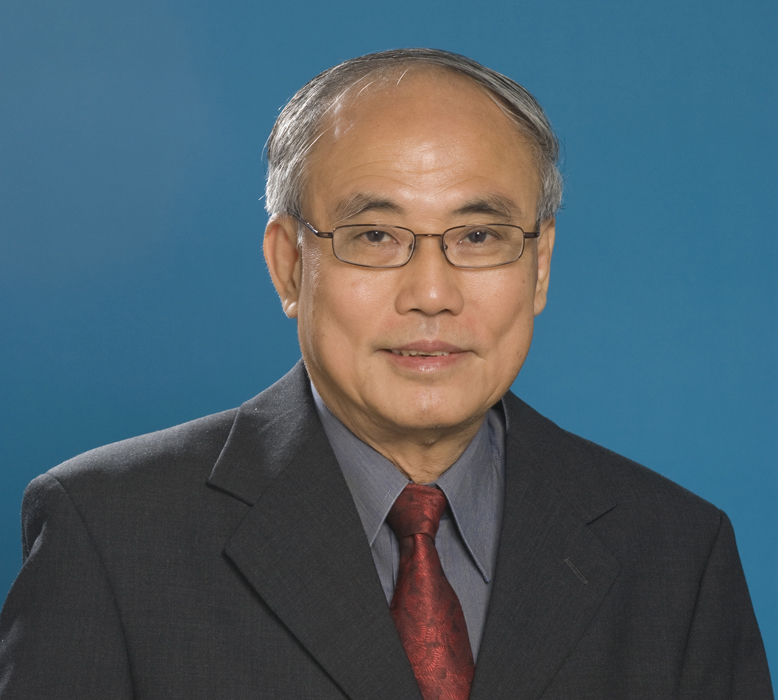President's Message
Message 09/2018

Mr Lim Soon Heng, PE, FIMarEST.
Founder President
Membership enrolment shows the Society is on the right track, in the right place at the right time

There are multiple of troubling issues which this little Red Dot needs to look squarely in the face and do something about. These have to do with challenges about population, land, sand, energy and the sea.
In the lifetime of a man in his seventies, Singapore has grown 31% from 550 to 720 sq. km through land reclamation. This little country is the world’s largest importer of sand according to the Observatory of Economic Complexity at MIT. It consequently must be held responsible for a huge part of global the destruction of the marine and coastal bio-system.
Land reclaimed in the 1960s did not address climate change. They are threatened by rising sea levels.
The average population density has spiked 2.9 times from about 27 to 78 persons/ha. Parts of Singapore that were villages in the 1960s are now supporting population density of more than 300 per ha. (e.g. Boon Teck: 343persons/ha.)
Energy consumption per capita in the 1950s was about the same level as Myanmar now. Today we consume more energy per head than Japan, France, Switzerland, Germany, UK and many other G-7 countries. What is worrying is that our dependence on natural gas is almost absolute since solar is not a viable base load option.
Engineers and architects are now struggling to address all of the above. While one could build a 500-meter tall office or apartment, the adjacent infrastructures (roads, rails, community services, schools) may not be able to satisfactorily support it. Underground bus stations, shopping malls, expressways and rail tracks are necessary, but they would require flood defence systems with rising sea levels and extreme weather. Besides, they too are constrained by the infrastructure above ground.
Singapore needs a quantum leap: Build structures on floating foundations. It is a whole new ball game. It addresses all of the problems mentioned above, from combating rising sea levels to relieving space on land for new development. It also provide a means to safely harvest nuclear energy and improve our energy resilience.
Fast track delivery of projects is easy as it is no longer necessary to construct a structure on site from bottom up. A single project may be parcelled into five or ten parts. Each part may start independently of the other at different locations. They all converge for final integration at the designated site and may be commissioned shortly after.
The Society was formed in December 2017. In the past nine months 34 senior engineers and managers have signed up as members. Of these, it is gratifying to note there are 9 holding doctorate degrees, 10 with master’s degree, and the rest with either a bachelor’s degree or fellow in IMarEST, RINA, SNAMES or Extra Master’s certificate. A good number of them work in the marine industry.
At the time of writing seven more with strong offshore engineering and shipbuilding background have applied to join and their application are being processed.
Clearly the Society’s mission resonates with people farsighted enough to see floating solutions is an idea whose time has come.
I call on members to be visionary, to apply their expertise and the principles of floatation to resolve problems that confront this land scarce country. Do not be afraid of nay-sayers. In this series of President’s Message, I try from time to time to share ideas with our policy makers. So should you.
The web site www.floatingsolutions.org is available for you to expound your belief. You may post articles there through the Secretary Mr Charles Lim.
Welcome to the Society. Be a thought leader
Lim Soon Heng
13 September 2018
